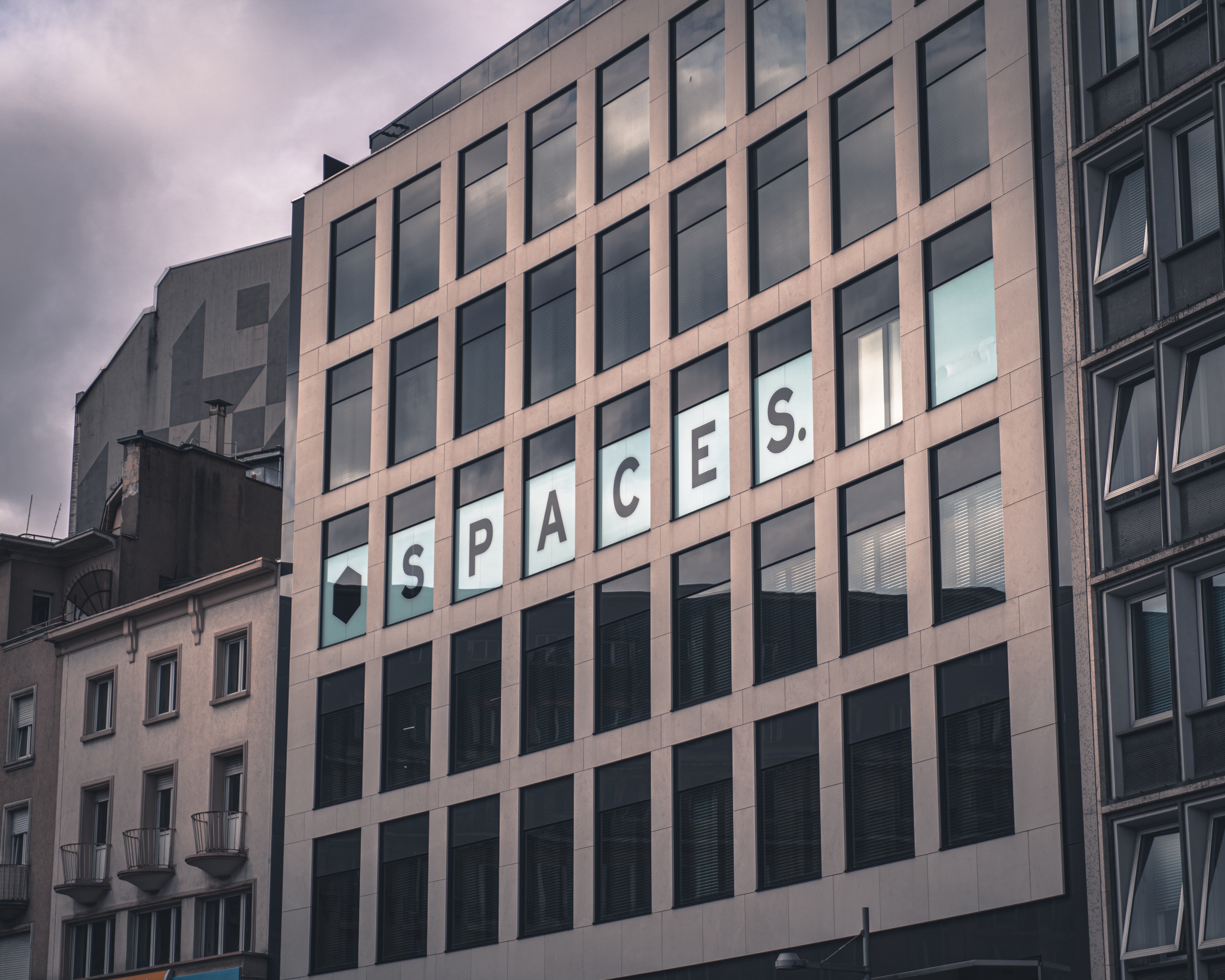

Oct 07, 2021
Space plays a fundamental role in building and mobilising communities. From the local church to the Reddit forum, communities have always needed meeting points to gather, galvanise and act together.
But in recent years, our idea of what constitutes a “community space” has changed. Even before the pandemic moved so much of our interaction online, our concept of where and how communities gather was shifting.
Part of this shift has been driven by changes to the availability, access and support of public spaces. Austerity measures saw traditional public spaces like youth centres and libraries close, while new land use regulations threaten to create disjointed town centres with an imbalance between residential and non-residential spaces. The rise of e-commerce, virtual working and escalating rent prices has led to the decline of the high street and the scaling back or repurposing previously vibrant public centres. Modern architecture and town planning experts now anticipate a future where public spaces must become “more fluid, shared, multi-functional, [and] multi-purpose”
Meanwhile, as physical locations are reimagined, digital technology and social media have created a whole new world of virtual spaces. People with shared interests can now communicate through online forums. Video conferencing has allowed colleagues and peers to share experiences without leaving their homes. The evolution of video gaming into a “highly social, highly organized, highly cooperative” medium has transformed games into “a space rather than a specific gaming experience”, according to Keith Stuart, gaming editor at the Guardian. A recent report by Wunderman Thompson suggests the future holds even more possibility for “virtual venues” - for instance, 62% of survey respondents said that attending a digital concert sounds appealing.

Peter Bacevice, John Mack, Pantea Tehrani, and Mat Triebner (Harvard Business Review)
As we enter a post-pandemic world, communal interaction has never been craved more. Yet the act of meeting in groups and gathering in public spaces will now follow different rules and customs. As our living and working practices adapt to the new normal, we are all being forced to rethink how we use our spaces - from offices, to warehouses, to shop floors - to make them fit for purpose.
The winners in this new world will be those that find ways to use and design space to support the needs and values of their communities. It could be by finding novel uses for your spaces to foster community-building and create new ways to deliver impact. It could be by finding imaginative ways to make your spaces greener or more inclusive. It could be by emphasising the hyper-local through adapting your services or operations to champion the localities in which they exist.
This presents an exciting opportunity - how can businesses and charities think differently about ‘space’ as a way to create, grow, energise, and mobilise their communities?

John Lewis have plans to convert their car parks into rented housing, ranging from studio flats to 4-bed houses. So far, they have found space for 7,000 new homes, with the added potential for tenants to hire John Lewis furniture.
Sikh temple Guru Maneyo Granth Gurdwara was awarded the Queen’s Award after it reinvented itself during the pandemic as an emergency food centre, delivering thousands of meals a day to those in need as well as healthcare workers
The City of London plans to create at least 1,500 new homes by repurposing offices and other buildings left empty because of the pandemic, as it adapts the capital’s financial district for the future following Covid-19.

The Natural History Museum has received a grant from the National Lottery Fund for its Urban Nature Project which will see their site in South Kensington transformed into an open and biologically diverse green space. The development will also include educational and creative programmes for schools and local community groups.
The Kelsey is a non-profit who designs buildings for “mixed-income, mixed-ability residential communities” that are accessible for a range of disabilities. They hope to use their work to influence policy, through forming corporate partnerships in the housing sector and advocating for new government design standards.
The Hillwalking Hijabi, Black Girls Hike and the Black Swimming Association launched a collaborative initiative to encourage more BAME women to participate in group outdoor activities which previously carried stigma, like hiking in the countryside or swimming in open water.

National Trust are transforming a disused viaduct in Manchester into an urban garden for public benefit. Locals have been encouraged to participate in its development through a drop-in event, open access to the proposals and a temporary garden to trial.
The Croft is a community garden built on abandoned tennis courts in Glasgow. Run by charitable organisations South Seeds and Locavore, the space aims to develop a sustainable local food system. Locavore also have plans for a large grocery store which could operate as an alternative to supermarkets with local, environmentally friendly produce
UThink PDP are a charity who specialise in turning vacant spaces into creative hubs for the community: their most recent project was an empty M&S shop which has been repurposed for a gallery space, studios and workshops.

A number of multinationals have launched marketing campaigns to celebrate local communities. Tesco used advertising space to urge their shoppers to “give Tesco a miss” and head down to their local pub instead, while Carling’s Made Local campaign focussed on its hometown of Burton-on-Trent, sharing stories of the local community.
Other organisations have focused on adapting their service delivery to support the local community. Start-ups such as Weezy, Gorillas, and Getir are providing hyper local delivery in London by using local storage units and supporting businesses in the area.
Bee London and Sky Farmers run rooftop gardens in Holborn, London. They produce herbs and vegetables for restaurants such as The Rosewood Hotel and Le Cordon Bleu cookery school. The gardens are maintained by volunteers who live and work in the buildings below. This gives chefs the chance to be connected to and learn more about the ingredients they are using.
The “space race” has begun. Whether it is reappraising spaces that were previously single-purpose or under-utilised, or using entirely new spaces to foster community engagement in person or online, charities have an opportunity to rethink their idea of ‘space’ as a means to grow, energise and activate its audience. So, what might be your take on Space, Reimagined?
How can you understand your communities and impact at a hyperlocal level? How can you use hyperlocal marketing to celebrate your local connections in unexpected ways? How can you take your brand to new spaces that allow you to reach under-served, marginalised or vulnerable communities?
Need a bit of extra stimulus to help supercharge your exploration?
Click here to download the Spaces, Reimagined workshop pack
From the likes of Getir and Gorilla taking over low rent, unused high street spaces, to zero carbon farms underneath Clapham High Street (see Good Futures Future Farming), businesses are finding innovative ways to reconsider and repurpose space. What spaces do you currently own or access that deliver value or connect communities in entirely new and different ways?
Take a leaf from the BBC’s session at the Inspiration Safari and consider going to where your potential supporters are already congregating. Explore the possibility of new virtual worlds, hubs and spaces. From games like Fortnite to virtual worlds like Decentraland (which we touched on in Redefining Ownership) find those new spaces communities are already building and consider the potential for new engagement opportunities.